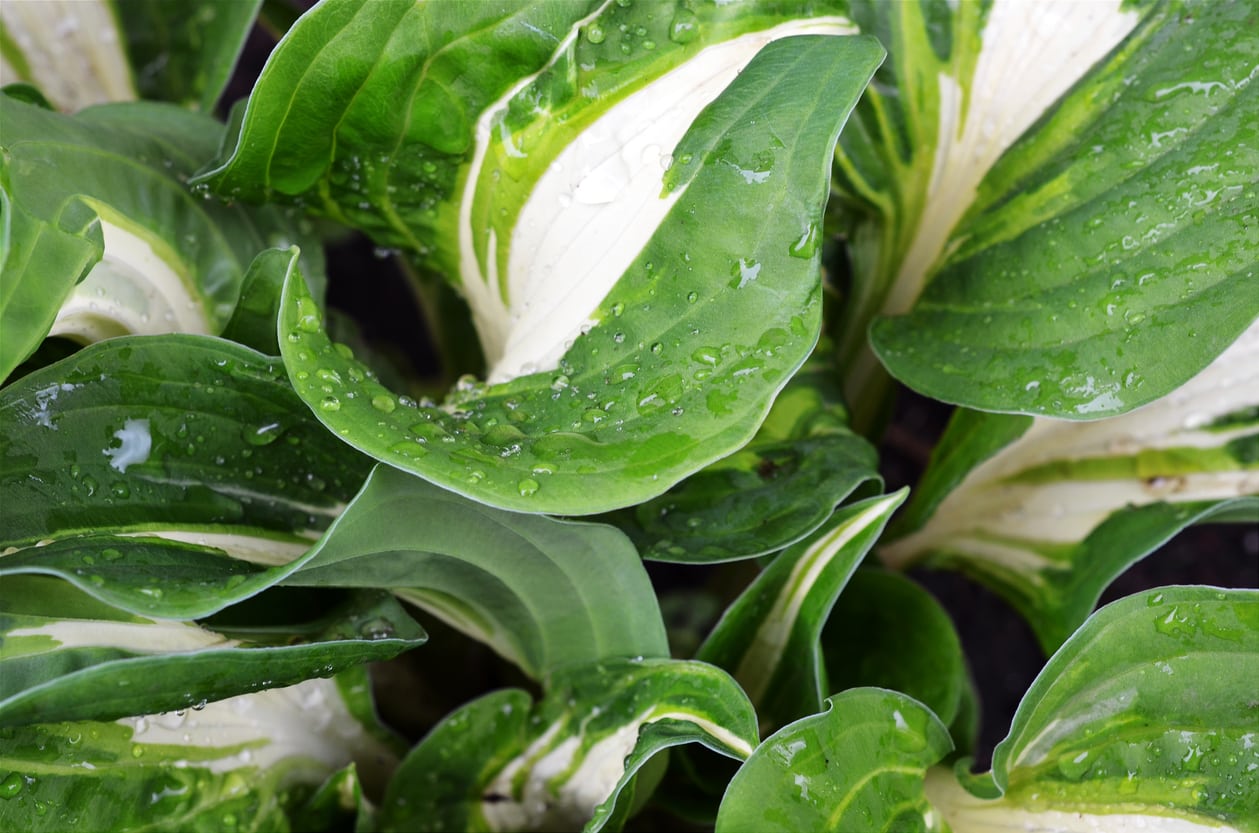Designing With Patterned Foliage: Using Plants With Variegated Leaves


Plants with patterned foliage can be a lot of fun and can add a whole new dimension of color and texture to your garden. However, if you aren’t careful, too much variegated foliage can be busy and jarring to the eyes. If you’re a fan of variegated foliage, never fear. With a little careful planning, you can learn how to use patterned plants with taste and creativity. Read on for tips and strategies for designing with patterned foliage in the garden.
How to Use Patterned Plants
Plants with variegated leaves need to be used strategically for the greatest effect. Here are some tips that can help: Add a dark background: Show off plants with variegated leaves by planting them in front of a background of contrasting color, such as an evergreen hedge or dark wall. Think about how variegated foliage works together. For instance, plants with pale white or yellow markings really pop amidst foliage with near-black, deep purple or dark green variegations. Color coordinating works, too. For instance, plants with white flowers and green and white leaves are beautiful in a shady garden. Creamy variegations pair well with creamy pink, peach or yellow. Grouping variegated plants: Grouping plants with patterned foliage can turn into a mish mash if not done correctly. To make it work, try pairing plants with the same colors but different patterns. For example, a plant with lot of dark green and a touch of creamy white alongside plants with predominantly creamy white and discreet splashes of dark green work well. Leaf shapes: A variety of leaf shapes will prevent too much sameness when you’re designing with variegated foliage. Try mixing things up, such as a plant with large, palmate leaves against variegated ornamental grass with narrow, arching foliage. Adding solids: If you like using lots of plants with variegated leaves, the end result can be overwhelming. You can get around this by planting plenty of solid green plants amidst all the variegated foliage. Up close: Plants with variegated leaves look great when located where you can get a close look, such as in patio containers or hanging baskets, along a path or sidewalk, or at the front of a flower bed. This is especially true of plants with small patterns, while variegated foliage with big, bold variegations look better at a distance of at least 15 ft. (4 m.). Too much of a good thing: Be careful about too many similar patterns, such as several plants with mottles or splotches. Instead, add variety by pairing small, blotchy patterns next to a plant with bold stripes running down the center or edges of leaves. Don’t be afraid to experiment. Plants aren’t permanent. If you aren’t happy, you can always try something else. Have fun!
Sign up for the Gardening Know How newsletter today and receive a free copy of our e-book "How to Grow Delicious Tomatoes".

A Credentialed Garden Writer, Mary H. Dyer was with Gardening Know How in the very beginning, publishing articles as early as 2007.